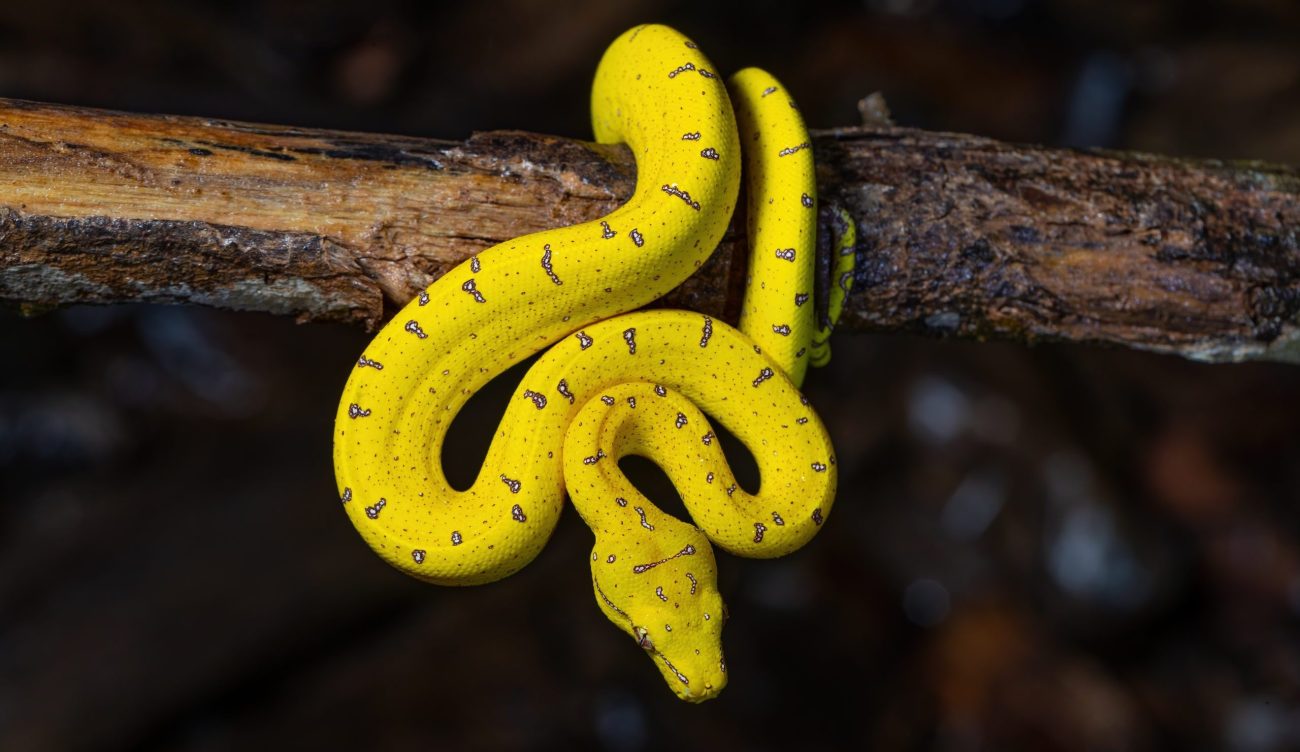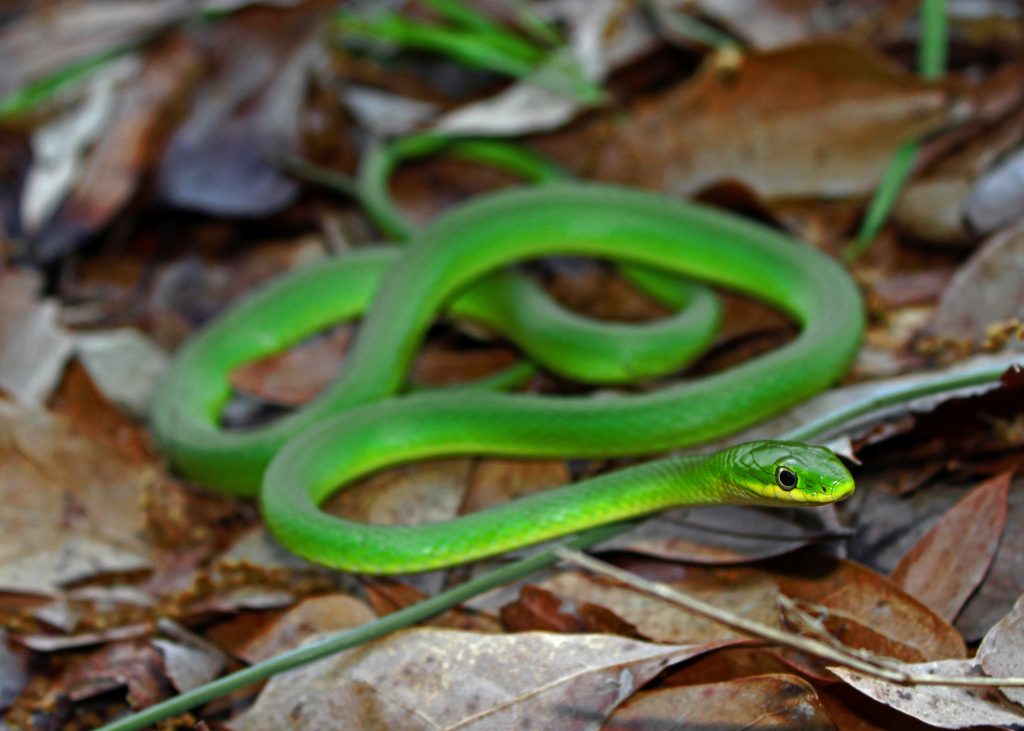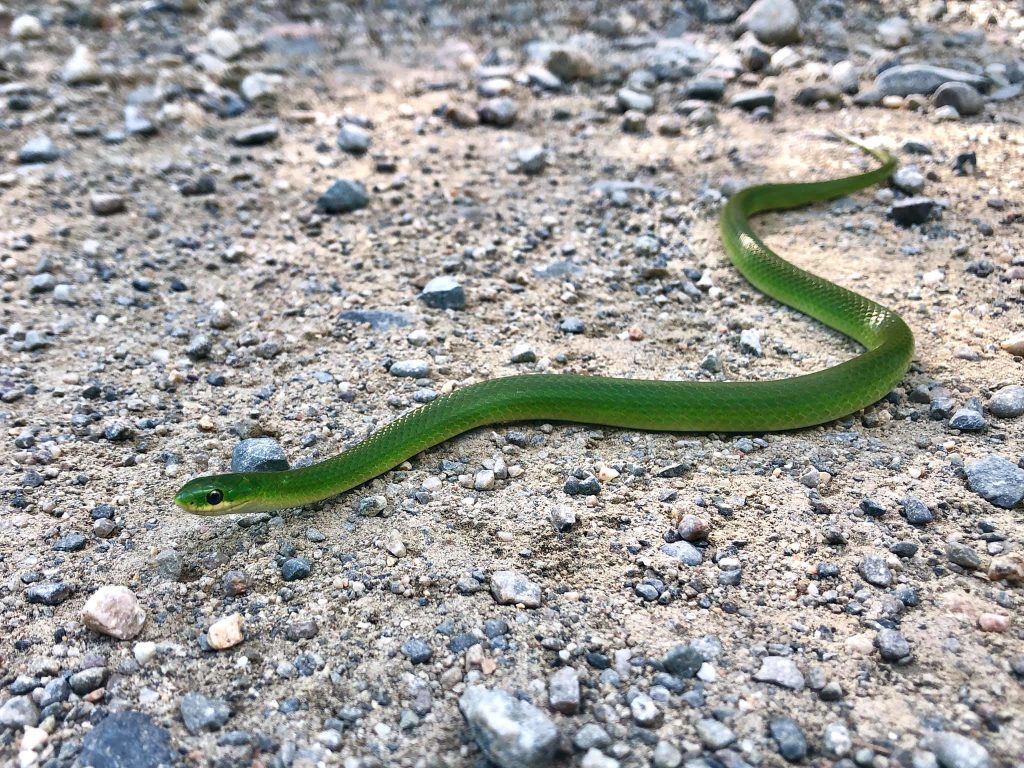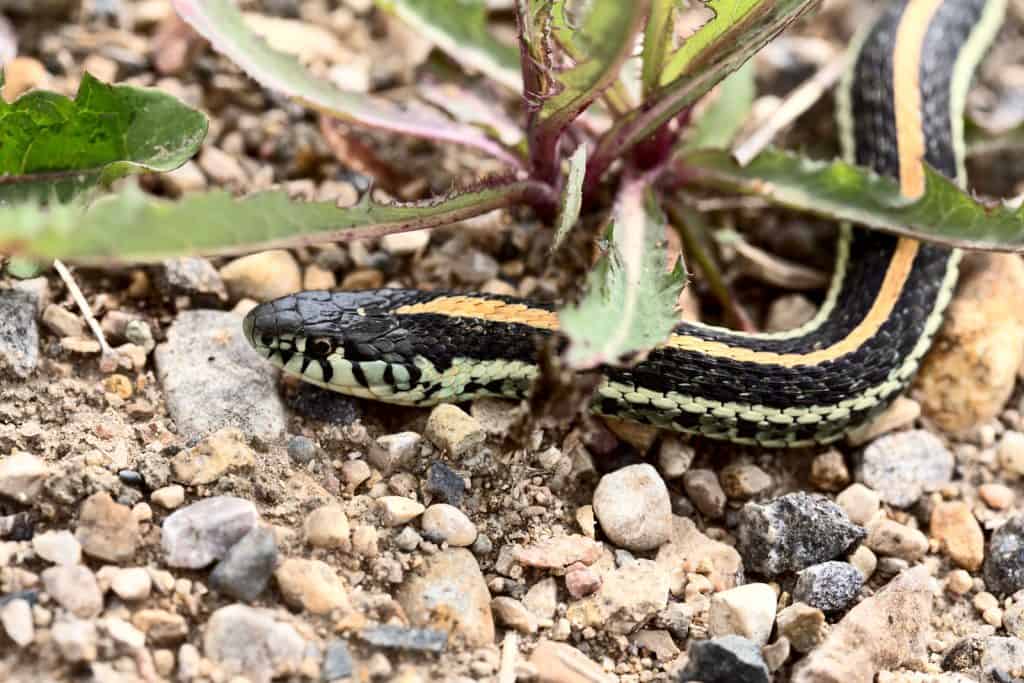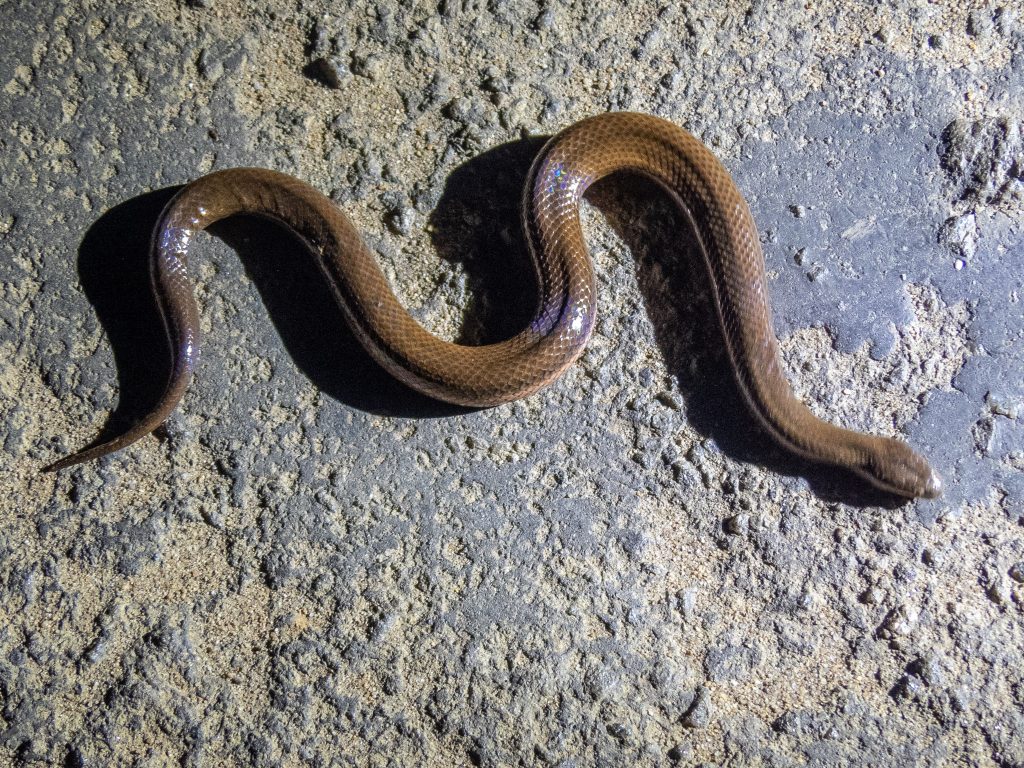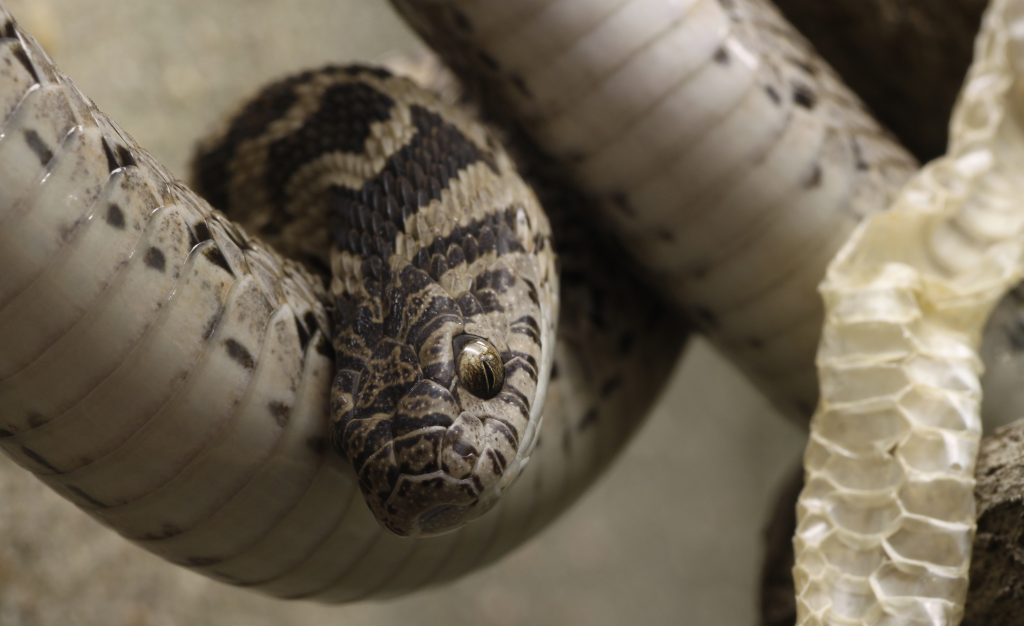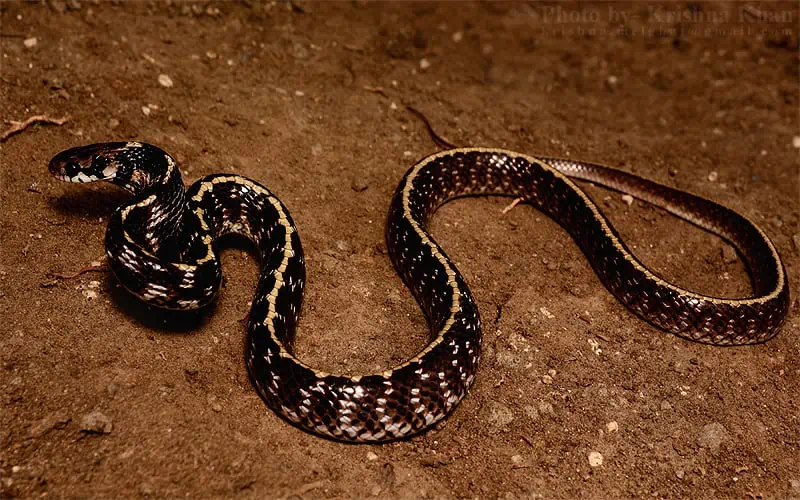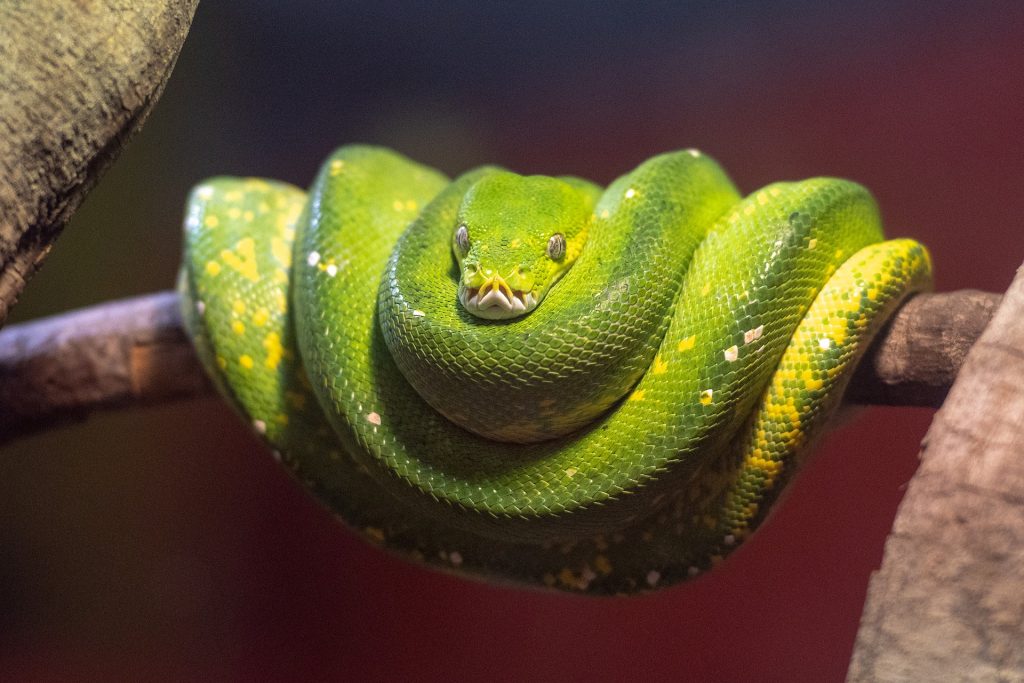If you’ve ever recoiled at the thought of feeding a tiny mouse to your slithery pet, you’re not alone. Many potential snake owners feel the same. Thankfully, the reptilian world is as diverse as our human preferences, offering snakes with a penchant for:
- Amphibians (frogs, toads & salamanders)
- Insects
- Eggs
- Earthworms
- Fish
- Rabbits
- Chicken
Discovering snakes that sidestep the typical mouse meal not only broadens your pet options but also caters to ethical, economical, and even ecological sensibilities. Here’s a sneak peek at the upsides of owning such a snake:
- Multiple Diet Options and Easier Maintenance
- Ethical Peace of Mind
- Less Messy
- Cost-Effectiveness and Ease of Procurement
- Allergy-Friendly
In this article, we’ll explore seven distinctive snake species that opt for alternatives to mice as their prey and the advantages of this dietary preference.
Do All Snakes Consume Mice?
Every snake is carnivorous, but they don’t all eat the same stuff. Some snakes munch on warm-blooded animals, like mice, rabbits, and birds. Yet, others have a taste for bugs, frogs, eggs, fish, or even some lizards.
When we talk about pet snakes, the ones most people keep, they usually eat warm-blooded prey. One thing to remember is that snakes swallow their food whole.
So if the idea of giving mice or live animals to a snake bothers you, other foods, like eggs or insects—might not feel better. So, before getting a snake, think if it’s the right fit for you.
7 Snakes That Don’t Eat Mice
Now, not every snake wants mice. But, some snakes might be tricky to keep or are not common as pets. Below, I’ve listed seven snakes that don’t go after mice and can be kept as pets.
1. Rough Green Snakes
| Category | Description |
| Scientific Name | Opheodrys aestivus |
| Average Size | 1.6 to 2.6 feet |
| Lifespan | 5-8 years |
The Rough Green snake, sporting a vibrant green-back and a yellowish underbelly, is a native of North America. Besides its color, the fantastic thing about it is that it’s very thin and easily hides among leaves and branches. However, you’d be glad to know it’s mostly gentle. It doesn’t usually bite; even if it does, it’s not poisonous. But be careful; although calm, they can get scared and stressed if you handle them too much, which isn’t good for their health.
Dietary Preferences
The Rough Green snake isn’t into mice much. Instead, it’s more into bugs. They usually love:
- Crickets
- Caterpillars
- Spiders
- Moths
- And soft, boiled beetle babies.
Sometimes, they also eat tiny lizards and tree frogs.
Important Note: if you ever feed them, I recommend not throwing a bunch of live bugs at them all at once. It’s not how they eat in the wild; it might stress them out or make them not want to eat.
2. Smooth Green Snakes
| Category | Description |
| Scientific Name | Opheodrys vernalis |
| Size | 1 to 2.1 feet |
| Lifespan | 6 years |
These little guys are pretty bright green on top with a softer yellow belly underneath. They look a bit like Rough Green snakes but are a tad smaller and have smooth scales on their back. What’s neat about them is they’re very calm. If something scares them, they’d rather hide than fight. And even if they try to bite, which is extremely rare, it’s safe since they’re not venomous.
Dietary Preferences
Their dietary preferences predominantly comprise insects and spiders. Their favorites are:
- Worms
- Ants
- Soft Caterpillars—without spines!
- Crickets
- Moths
- Baby beetles
- And even some tiny roaches.
Notably, they don’t consume mice or rodents, sticking to a more insectivorous diet. So, if you’re thinking of keeping one, it’s good to feed them like they’d eat in the wild. And remember, they can get stressed out too, so be gentle, or they might not feel like eating or even get sick.
3. Garter Snakes
| Category | Description |
| Scientific Name | Thamnophis sirtalis |
| Average Size | Up to 2 feet |
| Lifespan | 10 years or more |
Garter snakes, known for their distinctive stripes, are widespread in various regions of the United States. Even though they’re pretty common, they’re fantastic for anyone just starting with pet snakes. Because they’re small, easy to handle snakes, and there’s a lot of information on how to take care of them. They’re usually friendly, which makes them a great first-time pet.
Dietary Preferences
These guys exhibit varied dietary preferences, consuming everything from rodents to insects. They are especially known for their willingness to eat:
- Frogs
- Baby frogs (Tadpoles)
- Lizards
- Wriggly earthworms
- And even fish!
But, if you’re giving them mostly fish or worms, you might need to add extra supplements to their diet to keep them healthy.
Important Precaution: Some foods, like red wigglers, are not recommended because they’re toxic. And, be cautious if feeding them frogs or other amphibians; sometimes, they can have parasites harmful to the snake.
4. Water Snakes
| Category | Description |
| Scientific Name | Nerodia |
| Average Size | 1 to 5 feet (depending on species) |
| Lifespan | ~8 to 9 years |
Alright, let’s talk about water snakes! As the name suggests, they live around water places and come from North America. They’re part of the Nerodia family with flat heads, unique scales called “keeled scales,” and round eyes. They don’t have venom—which is good news. But if you’re considering having one as a pet, you might want to reconsider. While some are okay around humans, others can be pretty aggressive and might snap if they feel threatened.
Dietary Preferences
Living around water, it’s no surprise they love chomping on fish and frogs. But that’s not all! They also snack on bugs and worms from time to time.
Pro-Tip: To keep them healthy and strong, ensure they get all the nutrients they need in their diet, even if that means giving them some extra goodies now and then.
5. African Egg-Eating Snakes
| Category | Description |
| Scientific Name | Dasypeltis scabra |
| Size | ~4 feet |
| Lifespan | 13 to 22 years |
Now, meet the African egg-eating snake found in Africa’s forests. The most captivating feature about them is that they’re calm and friendly. Plus, they don’t have teeth! Instead, they’ve adapted, over time, to eat only eggs, making them an excellent choice for people who aren’t keen on feeding live animals to their pet snakes. Yet, despite their peaceful behavior, it’s not always easy to find or buy them since they’re quite rare.
Dietary Preferences
These snakes are all about eggs! When they’re young, they munch on tiny quail or finch eggs. But as they grow older and bigger, they move on to larger ones like Coturnix or even big chicken eggs. They have special spines in their throat (esophageal spines) that help crack open the egg. They ingest the liquid content and then spit out the shell. So, if you plan to keep one, consider where you’ll get these eggs.
6. Indian Egg-Eating snakes
| Feature | Information |
| Scientific Name | Elachistodon westermanni |
| Size (in feet) | ~2.5 feet |
| Lifespan | 7 years (in wild) |
Indian Egg-Eating snakes Sporting a shiny brown or sometimes black body, these snakes also have a black arrow-shaped mark on their head. You’d generally find them in forests or areas with many shrubs spanning different heights in India. While they’re mostly peaceful creatures, making them pretty interesting pets, they can be hard to come by. And if you’re considering getting one, remember they have specific needs because of their unique eating habits.
Dietary Preferences
Exactly as their name says, these snakes eat only eggs. They have evolved a unique feeding mechanism where they can crack the eggshell, consume the contents, and regurgitate the shell. Sounds simple, but finding the right kind of eggs for them? That can be a little tricky for would-be snake owners.
7. Green Tree Python
| Feature | Information |
| Scientific Name | Morelia Viridis |
| Average Size | Typically, around 5 feet |
| Lifespan | Up to 20 years |
The Green Tree Python is a captivating reptile originating from the rainforests of New Guinea and Australia, renowned for its vibrant green color and arboreal lifestyle. This snake spends most of its time coiled on tree branches. While they are visually stunning, they can be pretty temperamental, often displaying defensive behaviors when they feel threatened, making them a challenging pet, especially for novice snake owners. Their handling should be minimized to reduce stress. A proper enclosure that mimics their natural habitat is crucial for their well-being.
Dietary Preferences
The dietary habits of these serpents are quite intriguing and primarily consist of the following:
- Small mammals
- Birds
- And lizards.
Which they ambush from their arboreal vantage points. They prefer arboreal prey, although they aren’t exclusively tree-bound predators.
The Pros of Owning a Snake That Doesn’t Eat Mice
Owning a rodent-free diet snake presents ethical, economic, and ecological benefits. Let me break them down for you.
- Varied Nutrition: These snakes aren’t just stuck on mice; they happily munch on bugs, worms, or fish. So, you have lots of food choices for them!
- Less Mess: Feeding them becomes a breeze, no more messy mouse situations. Bugs and such are way simpler to give and keep around.
- No Bad Feelings: Some people feel bad about giving mice, whether alive or frozen, to snakes. Picking a snake that eats different things means no more guilty feelings about feeding time.
- Less Smell and Easier Cleaning: Mice can stink up a place and mess it up. But other food sources don’t smell as much, and cleaning after them is relatively easy.
- Money-Saving: Over time, getting bugs or other stuff can be cheaper than buying mice—plus, no freezing is needed!
- Friendly for Allergy Sufferers: Some people sneeze around mice, but not with these other foods. It’s better for everyone’s noses.
- Finding Food is Easier: If getting mice is a headache where you live, these snakes make things easy—no more stressing about their next meal!
Is It Cruel To Feed Live Mice to Snakes?
People have strong feelings about giving live mice to snakes.
- Some people say it’s natural, just like what happens in the wild. For them, it’s vital for some snakes, especially if those snakes turn up their noses at already-dead mice.
- While others think it’s mean. They talk about how scared the mouse gets and how it can hurt the snake, too. Some places have even made it illegal because of these concerns.
Moreover, when a snake gets a live mouse, the mouse might fight back. This could hurt the snake. Also, it’s tough to see a little mouse so scared.
That’s why many snake experts suggest giving snakes mice frozen and then warmed up. It’s safer and kinder. But, if your snake only likes live ones, you must give them what they want.
Wrapping Up
It’s good to know that not every snake eats the usual mouse meals. This is great for people considering getting a snake but wanting other food choices. By checking out snakes that don’t munch on mice, you can open up a world of diverse dietary options, easier maintenance, and peace of mind. Think about the calm, Rough Green snake or the African Egg-Eating snake. They’re just examples of the neat snakes you can find. Every single one of these snakes gives you a fun way to learn about taking care of reptiles—but in a new way.
So, which snake caught your eye? Do you have any unique serpent species that don’t consume mice? Feel free to share your thoughts and experiences in the comments below.

